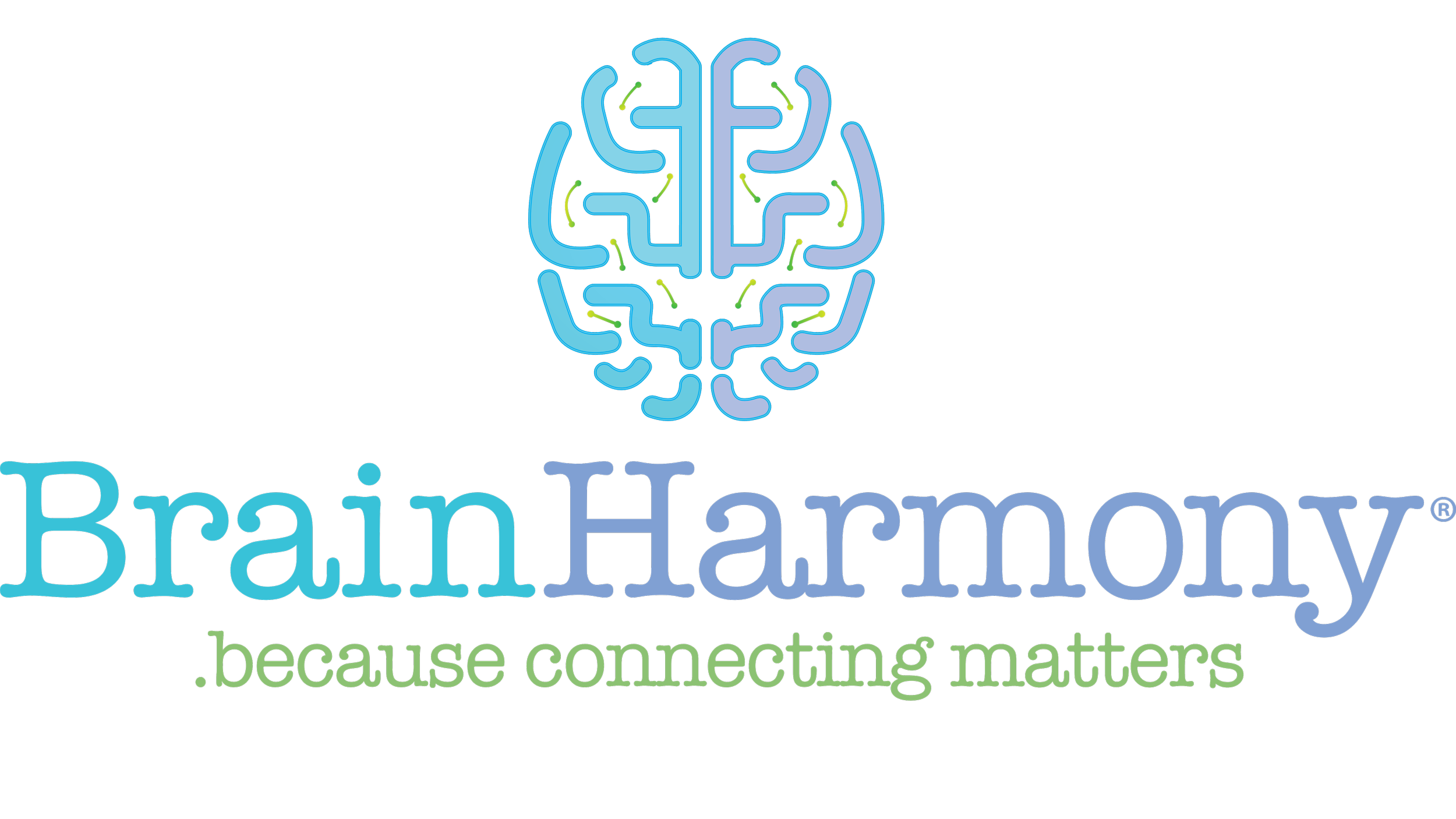Startle Reflex: Startle Easily? Here's What To Do About It
Everyone has a startle reflex, but some people startle much easier than others. This can leave you feeling, anxious, jumpy, and on edge. Something as small as a car door slamming or the phone ringing might jolt you out of a state of calm. Most of the time this is due to imbalances in the nervous system, and an unintegrated startle reflex.
Are you or your child extra jumpy? People who startle easily can sometimes feel like the world is an ungrounded and unsafe place even when all is well, and they are perfectly safe. There may be an underlying feeling of tension or anxiety that makes you jump at the slightest noise or touch.
For an easily-startled person, surprises are not welcome, and in fact, they often produce a feeling of fear and nervousness. What's around the next corner?
Although the environment the person is in may seem completely safe to the observer, inside the body of the easily startled person, a whole slew of mixed messages is going on.
In this article, we'll discuss the startle reflex, why some people startle more easily than others, and how you can integrate this reflex and calm your central nervous system.
Why Do Some People Startle Easily?
Although it may sometimes seem like an overreaction, the startle response is part of your primitive hardwiring. But why do some people startle more easily than others?
Interestingly, it has to do with reflexes.
Every infant is born with a set of primitive reflexes originating from the central nervous system (CNS). These reflexes automatically instruct your muscles to react without conscious awareness and facilitate basic survival in babies into early childhood. These small movements that are common to most infants help to grow the baby's brain and assist in developing balance, mobility, vision, hearing, speaking, learning, and communicating.
Eventually, these primitive reflexes are replaced with voluntary reflexes as the child matures. This is known as reflex integration.
Unfortunately, many people are walking around these days with unintegrated reflexes. Depending on which reflex is unintegrated, different central nervous system functions can be impacted. Therefore, the proper development of primitive reflexes is vital for creating a foundation of body awareness and higher motor, emotional, and cognitive skills[*].
The startle reflex is typically a result of two reflexes; the Moro reflex and the FPR reflex (fear paralysis reflex).
A properly developed Moro reflex results in a baby's ability to:
Find their own body as a point of reference
Self organize
Develop inner control and stress management
Link the center of the body to the periphery, and vice versa
Create balance and equilibrium
Coordinate breathing reflexes
Regulate behavior
Access creativity
And much more
When the Moro reflex is not properly developed, it can result in:
Vulnerability and emotional instability (fear and phobia)
Poor balance and equilibrium
Delays in motor development
Fear of new information and life changes
Improper protection and survival responses
Negative influence of immunity (allergies, infections, etc.)
Irrational behavioral patterns like excessive anxiety, paralyzed will, and timidity
And more
A properly developed FPR reflex results in a baby's ability to:
Manage stress
Positively protect themselves
Pause when needed
Balance between sensory and motor activity in stress
Have courage and freedom from excessive anxiety
Have proper speed of perception and action
Integrate postural control and perception
Emotionally regulate and stabilize
Focus and process
When the FPR reflex is not properly developed, it can result in:
Cognitive disarray and emotional flooding in stressful situations
Emotional immaturity
Negative protection and survival reactions leading to opposition or attempts to escape
Poor stress management
Lack of ability to pause or stop and being overwhelmed by tension or emotions.
Disintegration of sensory and motor systems in stress
Lack of courage and self-confidence
Negative thinking and depression
Emotional dysregulation and instability
Fears, worries, being scared, phobias
Poor links between postural control and perception and balance
Lack of self-organization and self-regulation
Taken together, all these aspects of unintegrated Moro and FRP reflexes can make you much more anxious and easier to startle than you might be if the reflexes had properly integrated.
Luckily, it's never too late to integrate these reflexes.
How To Integrate The Startle Reflex
Working with a Brain Harmony occupational therapist, you can find the best techniques for integrating primitive reflexes.
Moro Reflex Integration
For the Moro reflex, a simple way to integrate is the duck and pigeon walk. If you would like to watch a video, you can view the exercise here:
Complete the following exercise four times daily for two weeks to help integrate the Moro reflex. When mastered, you will be able to walk forward and backward easily in both the Duck and Pigeon positions while the stick remains level and steady with no jarring movement. There should be no upper body sway, no curled toes, good balance, and a relaxed face.
Stand in the Duck Position feet with toes pointing out and arms bent with thumbs pointing in.)while holding a stick in both hands. Your thumbs should be pointing inward and placed toward the middle of the stick.
Walk forward 15 feet with your hands in the same inward position on the stick and your feet maintaining the outward Duck Position.
Walk backward 15 feet with hands in the same inward position on the stick and your feet maintaining the outward Duck Position.
Stand in the Pigeon position (feet with toes pointing in and arms bent, palms facing upward, with thumbs pointing out)While holding the stick with both hands. Your thumbs should be pointing outward on the ends of the stick.
Walk forward 15 feet with your hands in the same outward position on the stick and your feet maintaining the inward Pigeon Position.
Walk backward 15 feet with your hands in the same outward position on the stick and your feet maintaining the inward Pigeon Position.
Once you've mastered the walk with the stick, you can begin to try it without the stick, holding your arms in place as if the stick were still there.
After completing the duck and pigeon, your therapist will typically move you on to deeper integration exercises.
FPR (Fear Paralysis Reflex)
The fear paralysis reflex can be integrated by using a simple tapping exercise:
With your eyes open, tap/have a partner tap on the following body points in order using a 1-2- Cha-Cha-Cha (B-I-N-G-O) pattern, tapping both sides of the body simultaneously. Use three fingers to tap firmly but not aggressively.
Middle of the sternum – tap/have your partner tap on the back of their hand as it covers your sternum
Ends of deltoids – just below the shoulders on the outside of the arms
Ends of triceps -- directly above the elbow on the back of the upper arm
Upper tensor fascia latae -- directly below the hip bone on the sides of the legs
Arches of both feet:
Partner: the partner crosses their hands to that, if they are facing the client, their right hand is tapping the client's left arch, and their left hand is tapping the clients right arch
Self: cross your hands at the wrists so that your right hand is tapping your left arch, and your left hand is tapping your right arch
Repeat 2-6 additional times with your eyes closed as able
Do this exercise 1-2 times per week
Brain Harmony's Approach
When it comes to the startle response or any nervous system activity that's out of balance, reflexes can make a significant difference, but they're only part of the story.
While reflex integration can be very impactful even if your nervous system isn't already calm and grounded, making the integrations will be much more challenging. That's precisely why at Brain Harmony, we make reflex integration the third step in our process after vagal regulation and neurological reorganization.
This layered approach allows your nervous system to first calm down into a place to accept new inputs. At this point, we work on enhancing neurological organization and neuroplasticity -- the ability of your brain to upgrade itself for more optimal processing.
Once your brain and nervous system are calm and ready for new input, we introduce reflex integration to take your full body organization to the next level.
In step one of our process, we use tools like the Safe and Sound Protocol (SSP) and the Alpha-Stim, which send signals to your brain and nervous system that all is well. In this step, we're working on your vagal regulation. Vagal regulation refers to the vagus nerve responsible for the parasympathetic mode of your nervous system. This is basically the opposite of your "fight or flight" response.
By enhancing vagal tone with the SSP and alpha stim, your nervous system learns to favor parasympathetic mode, which means you're less activated and stressed by the small things in life, saving "fight or flight" for those moments when a true threat appears.
In step two of our process, we use systems like the iLs Focus unit, which works on reorganizing your brain to work more efficiently and effectively for you. A disorganized brain leads to symptoms like anxiety, depression, learning challenges, and more. When you allow inputs that help to organize the flow of information in your brain, you open up to a whole new way of processing information.
In step three of our process, we finally start to introduce reflex integration. At this point, your central nervous system is primed to take in new information and integrate reflexes that have been withheld.
Cooper’s Brain Harmony Success Story
Cooper struggled at home, on the playground, and at school. He was so sensitive to sound he couldn’t participate in basic childhood activities like birthday parties. Things were so bad that something as small as a popped balloon or the neighbor’s barking dog would create a level of hysteria that left him and his mom exhausted.
After starting with Brain Harmony, Cooper’s mom called in to tell us of his unbelievable progress. In her words, “ Brain Harmony has effectively changed the trajectory of Cooper’s life. As a result, he is a happier, healthier little man with a very hopeful perspective on his issues. We are immensely grateful and will forever hold Brain Harmony in the highest regard.”
For more information on how Brain Harmony works to balance out the nervous system and calm the startle reflex, schedule a Free Consultation today to learn more.





